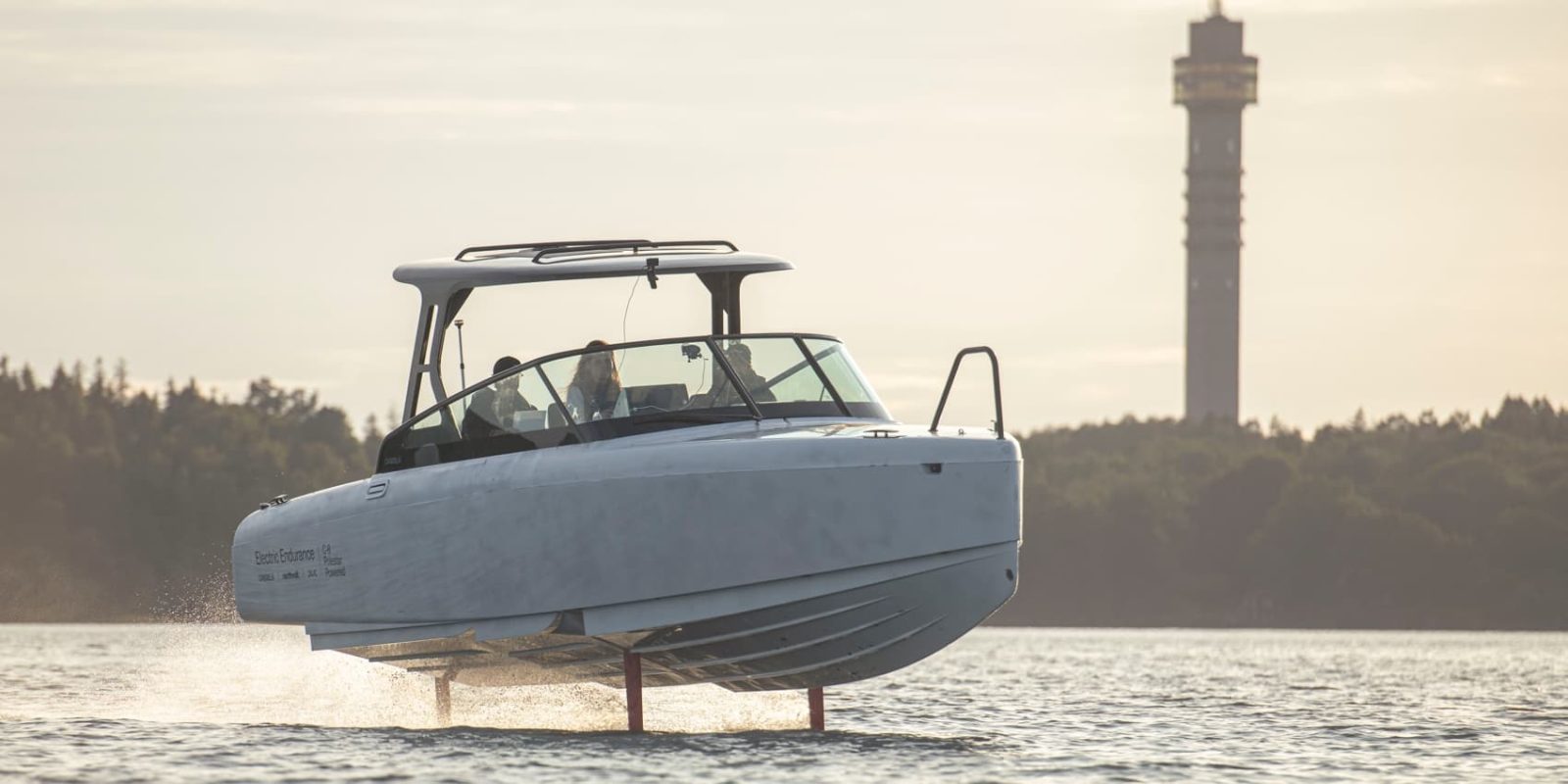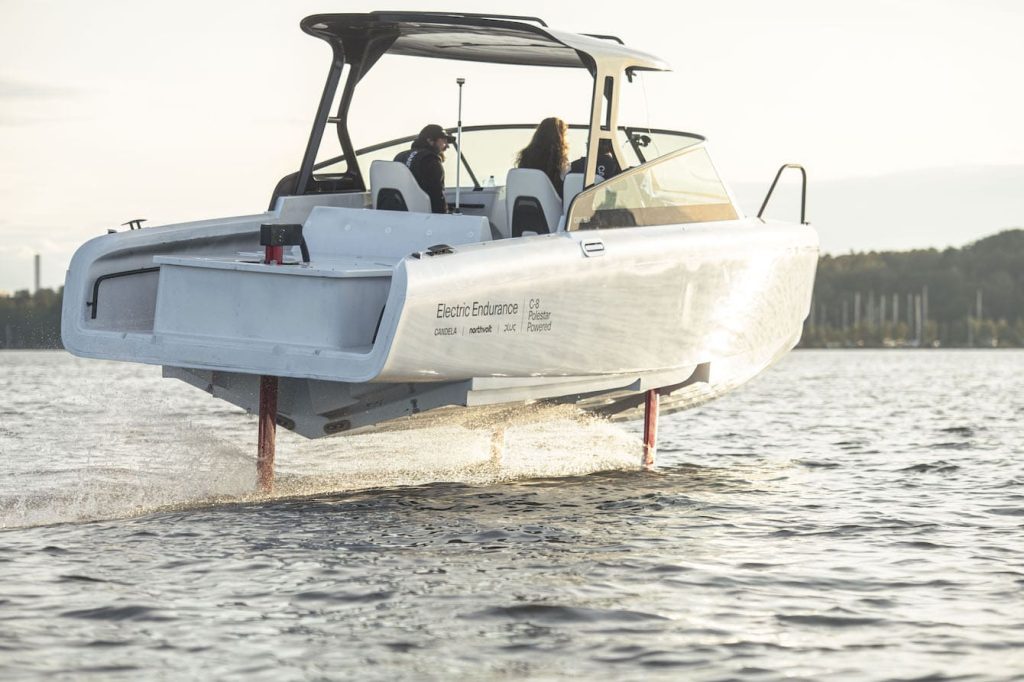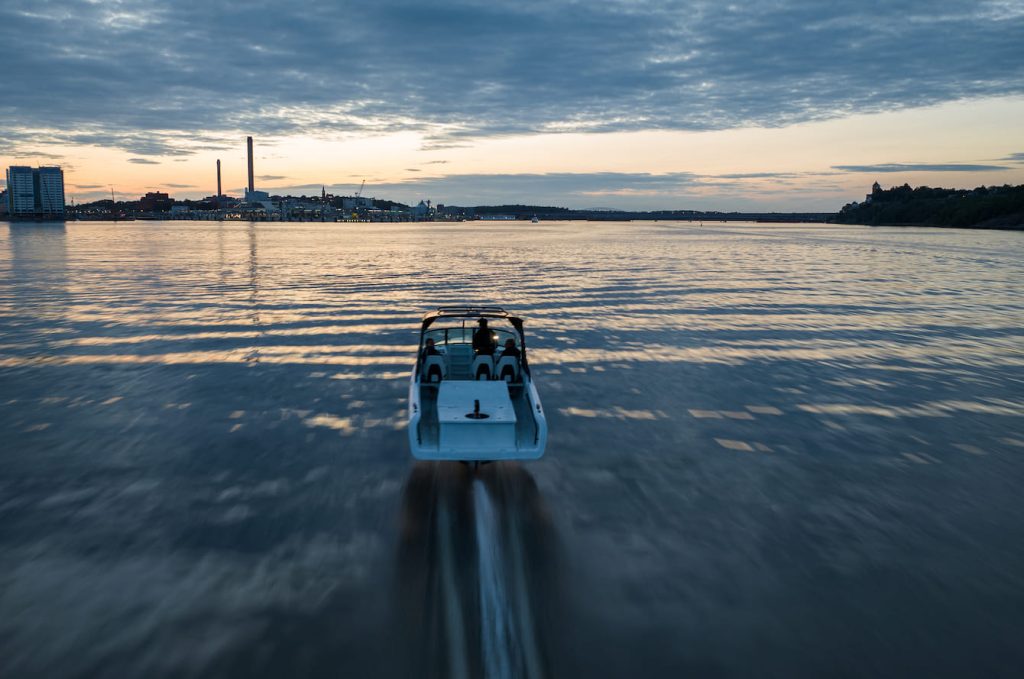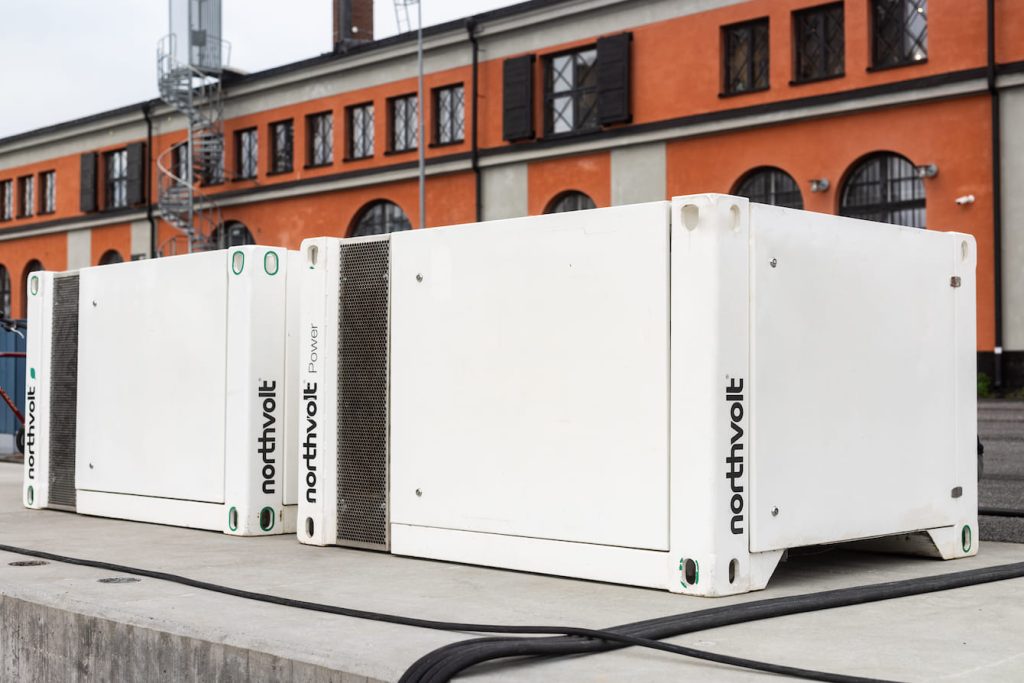
The Candela C-8 Polestar Edition electric boat has just crushed the previous record for distance sailed in 24 hours by an electric boat.
Swedish electric boat maker Candela’s C-8 electric hydrofoil boats are known for their extreme efficiency, soaring through the air with less than 1% of the boat actually touching the water. Flying on submerged hydrofoils, the Candela C-8 uses just 20% of the energy needed by other boats.
That means the boat can use significantly less on-board battery to go much farther than higher-power electric boats with much larger batteries than Candela’s. And since Candela partnered with Polestar to provide the batteries and charging system for the C-8, it can take advantage of DC fast charging for short recharge stops during a journey.

In this case, the team at Stockholm-based Candela wasn’t just trying to demonstrate how efficient a single charge could be, but also how important DC fast charging is for marine applications.
As the company explained:
The aim here was not to drive as far as possible on one charge, but really to see how far we could drive in a day, using DC charging to quickly top up the battery – something owners will do, as DC charging networks grow in the US, Norway and along the French/Italian riviera.

The Candela team traded off drivers throughout the day and night, and used a DC charger with a Voltpack mobile battery system from Northvolt. Together they managed to cover 420 nautical miles (483 miles or 778 km) in 24 hours. The previous record was held by the team at Voltari who traveled 79 nautical miles (91 miles or 146 km) from Florida to the Bahamas, performed all on a single charge.
To put Candela’s 420-nautical-mile trip into perspective, that’s like traveling from London to Amsterdam and back again. Or for our American audience, traveling from Tampa, Florida, to New Orleans, or from San Francisco to San Diego. Wow, I always forget how big California is.
“This feat shows that fast, electric waterborne transport over long distances is viable today, not a distant future,” said Gustav Hasselskog, Candela’s CEO and founder, who piloted the C-8 during the record attempt.

The total cost for electricity worked out to approximately €110 (US $117), with Candela saying that a conventional boat would have used at least €1,400 (US $1,490) of fuel for the same long-distance journey.
Perhaps more impressive than just the distance covered was the team’s speed, which averaged 17 knots (19.5 mph or 31.5 km/h) throughout the 24 hours, including time stopped to charge. By comparison, Voltari’s boat crawled along at just over trolling speeds of around 3.95 knots (4.5 mph or 7.3 km/h) to accomplish their feat, taking 18 hours to complete the Florida to Bahamas journey that most boats cover in two to three hours.
While underway, the Candela C-8 traveled at close to its maximum speed at around 27 knots (31 mph or 50 km/h). The route consisted of a loop between Stockholm and the island of Tynningö, stopping to DC fast charge after each loop.

Candela’s impressive feat was performed in collaboration with battery maker Northvolt and charging station supplier Plug, to showcase how future DC charging networks for boats could look. Instead of making heavy investments in upgrading the local grid, islands could deploy battery systems like Northvolt’s Voltpack to ensure that there’s enough power available for fast charging, which could be a more cost-effective and quicker solution.
In this case, Northvolt’s Voltpack stood on the dock outside Candela’s Frihamnen office. Connected to a DC charger from Plug, it recharged the Candela C-8 a total of 17 times over the 24-hour span.
“With a relatively modest investment, charging stations could be built to fully electrify marine transport in the Stockholm archipelago. For a few hundred million euros, a charging network covering Europe’s coastal passenger transports would become a reality,” stated Hasselskog.

Electrek’s Take
While the 420 nautical miles in 24 hours is the sexy part of this story, the true unsung hero is the DC fast charging that made all of this possible (and of course the whole “flying electric boat” thing, which is just more proof that we’re all living in the future).
The setup from Northvolt and Plug showed an interesting solution to provide DC fast charging facilities, even when the local grid isn’t set up to handle such power. Seeing these systems dropped on islands around popular boating destinations could immediately turn those areas into capable electric boat highways for long-distance travel.
Obviously, it helps if your boat can fly to go even farther on that charge, but even old-fashioned boats that have to touch the water can of course benefit from readily available marine DC fast charging.
Nice job, Candela!
FTC: We use income earning auto affiliate links. More.





Comments